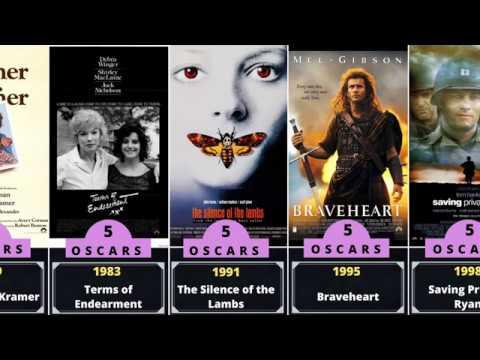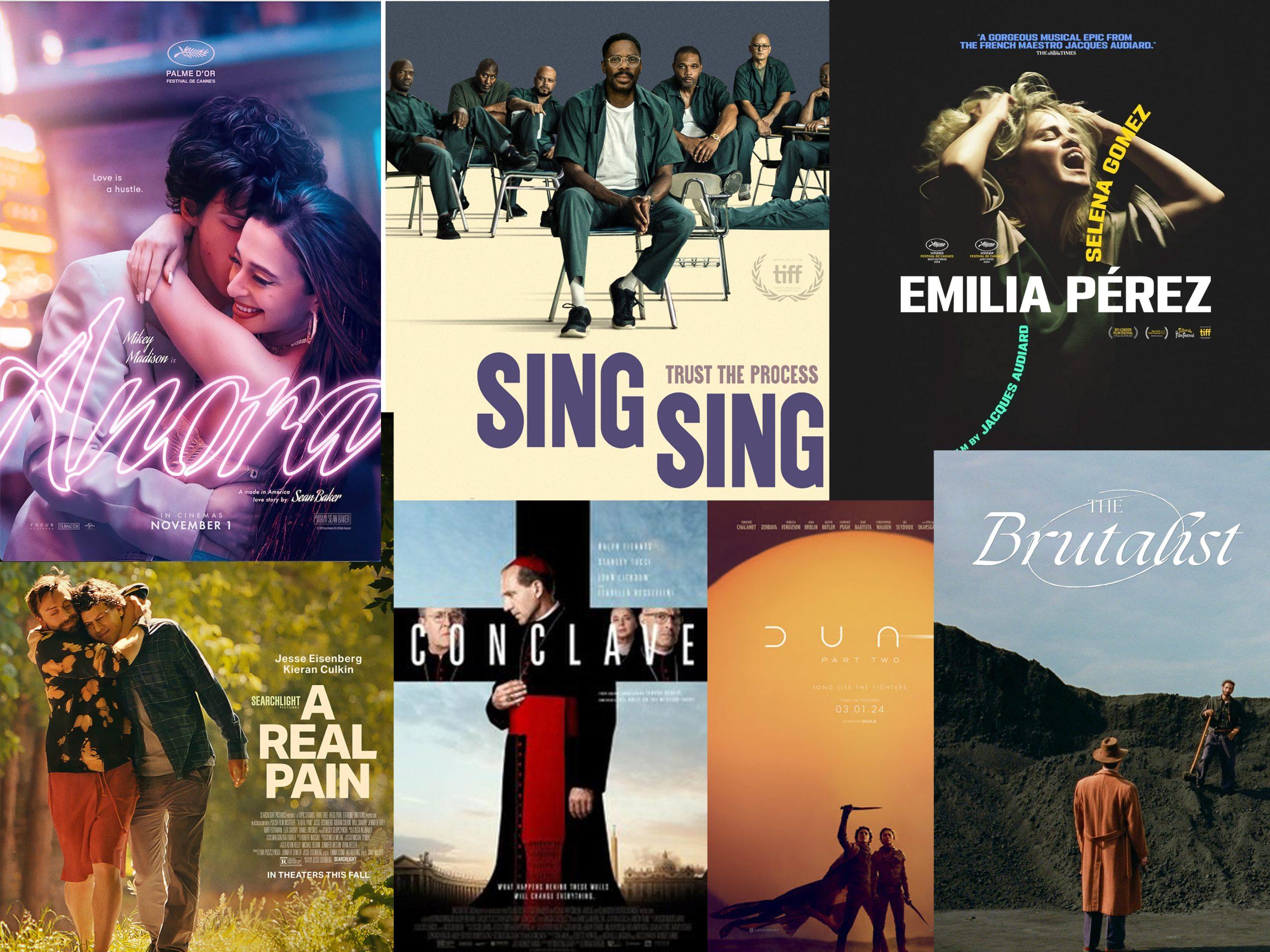The Academy Awards, colloquially known as the Oscars, represent the zenith of cinematic achievement, celebrating excellence in filmmaking since their inception in 1929. While the glitz and glamour of the awards ceremony captivate global audiences, the cultural significance of Oscar-winning films extends far beyond the red carpet. This article delves into an in-depth analysis of these celebrated films, examining how they not only reflect societal values and issues of their time but also influence cultural narratives and public discourse. Through a critical exploration of themes, storytelling techniques, and historical contexts, we aim to uncover the intricate ways in which Oscar-winning films shape and are shaped by the cultural landscapes in which they emerge. This analytical journey seeks to provide a comprehensive understanding of the symbiotic relationship between acclaimed cinema and cultural evolution, offering insights into the enduring legacy of these cinematic masterpieces.
Historical Context and Evolution of Oscar-winning Films
The Academy Awards, more commonly known as the Oscars, have served as a mirror reflecting the shifting tides of cultural and social values throughout the decades. The earliest Oscar-winning films were often characterized by their grandiose storytelling and classical themes, reflecting the aspirations and ideals of an emerging film industry. In the 1930s and 1940s, epic dramas and historical narratives like “Gone with the Wind” dominated, providing audiences with a form of escapism during the challenging times of the Great Depression and World War II.
As society evolved, so too did the thematic focus of Oscar-winning films. The countercultural movements of the 1960s and 1970s ushered in a wave of socially conscious films that tackled issues such as civil rights and political unrest. Notable films from this era include “In the Heat of the Night” and “One Flew Over the Cuckoo’s Nest.” Moving into the 21st century, the Academy has increasingly recognized films that explore diverse perspectives and global narratives, as seen in winners like “Parasite” and “Moonlight.” This evolution not only highlights the changing landscape of the film industry but also underscores the Academy’s role in championing stories that resonate with contemporary audiences and spark meaningful cultural conversations.

Cultural Narratives and Their Societal Influence
Oscar-winning films often serve as powerful reflections of societal values and issues, shaping and being shaped by the cultural narratives of their time. These films have the unique ability to encapsulate complex social dynamics, presenting them in ways that resonate deeply with audiences worldwide. Through compelling storytelling and masterful artistry, they can spotlight pressing social issues, challenge prevailing norms, and even alter public perceptions. For instance, movies like 12 Years a Slave and Moonlight have not only garnered critical acclaim but have also sparked important conversations around race, identity, and history, encouraging audiences to re-evaluate their understanding of these topics.
Several recurring themes can be identified in these cinematic masterpieces, each reflecting pivotal societal concerns of their respective eras. Some of these include:
- Social Justice and Inequality: Films often highlight the struggles against systemic oppression and advocate for marginalized communities.
- War and Peace: Narratives that explore the human cost of conflict and the quest for peace.
- Personal Identity and Transformation: Stories that delve into the journey of self-discovery and the evolution of personal identity.
These themes not only entertain but also educate, prompting audiences to engage in self-reflection and societal critique. By analyzing the cultural narratives embedded in Oscar-winning films, one can gain valuable insights into the collective consciousness and evolving values of society.

Diversity and Representation in Award-winning Cinema
- Historical Context: Over the decades, Oscar-winning films have mirrored societal shifts, reflecting the evolving landscape of cultural norms and values. From the golden age of Hollywood to the present day, the Academy has been both a mirror and a catalyst for change. However, the journey towards comprehensive representation has been uneven, with certain demographics consistently underrepresented.
- Recent Trends: In recent years, there has been a notable shift towards greater inclusivity and diversity in Oscar-winning films. The Academy’s efforts to broaden its membership and the increased global focus on diversity have led to a more varied slate of nominees and winners. This has allowed for a wider range of stories and perspectives, offering audiences a richer tapestry of human experience.
Despite these advancements, the journey is ongoing. While progress has been made, the industry continues to grapple with issues of equity and representation, prompting ongoing discussions about the role of awards in shaping the cultural narrative. As cinema continues to evolve, the impact of these films extends beyond the screen, influencing societal perceptions and encouraging dialogue about identity and belonging.

Recommendations for Future Oscar Contenders and Industry Practices
To enhance the diversity and resonance of future Oscar contenders, the industry might consider several key strategies. Firstly, filmmakers should prioritize authentic storytelling that captures a broad spectrum of human experiences. This can be achieved by encouraging collaborations with diverse voices both in front of and behind the camera. Furthermore, studios should invest in original screenplays that push boundaries and challenge societal norms, as these narratives often have a profound cultural impact.
In addition, adopting innovative industry practices can further enrich the cinematic landscape. Some recommendations include:
- Inclusive Casting: Casting directors should seek talent from a wide range of backgrounds to reflect the world’s diversity.
- Environmental Sustainability: Implementing eco-friendly production techniques can set a positive example for global audiences.
- Technological Integration: Utilizing cutting-edge technology can enhance storytelling and attract a tech-savvy audience.
By embracing these strategies, the film industry can continue to produce Oscar-worthy content that not only entertains but also educates and inspires.
